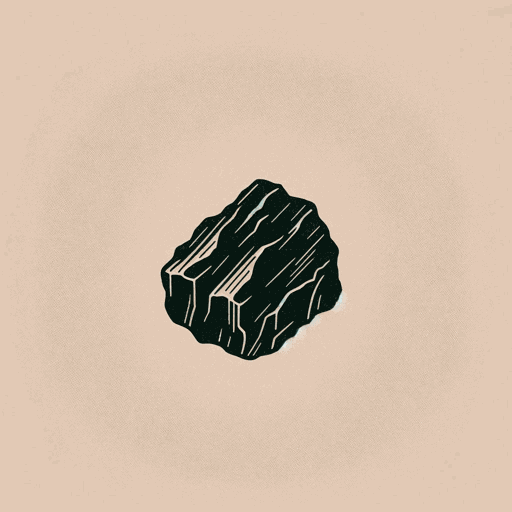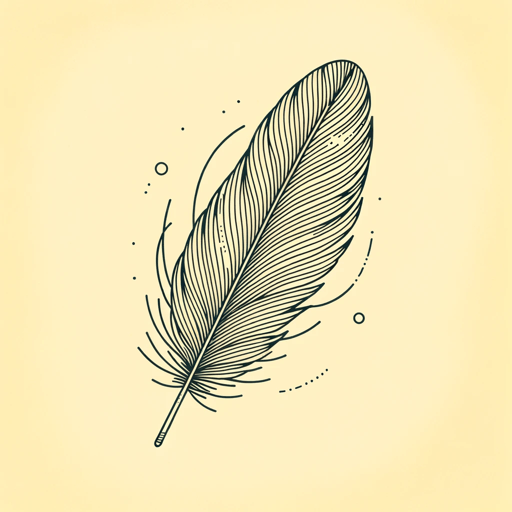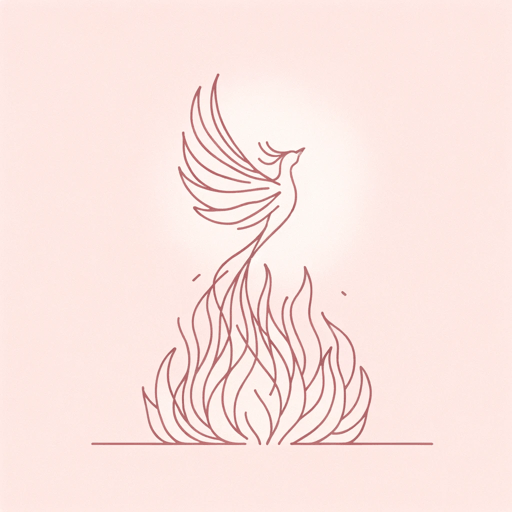17 pages • 34 minutes read
Audre LordeCoal
Fiction | Poem | Adult | Published in 1976A modern alternative to SparkNotes and CliffsNotes, SuperSummary offers high-quality Study Guides with detailed chapter summaries and analysis of major themes, characters, and more.
Summary and Study Guide
Overview
“Coal” by Audre Lorde was originally published in her 1968 book The First Cities, which was her first full-length collection of poems. A revised version of “Coal” was published in her 1976 book with the same title (Coal). Both versions appear in The Collected Poems of Audre Lorde, published in 1997. The earlier version is reprinted on the Poetry Foundation website. “Coal” is often considered Lorde’s defining and most famous poem. She was a key figure in the recent history of African American and lesbian poetry.
“Coal” is a free-verse poem with 26 lines broken into three stanzas. The stanzas and lines both vary in length. In “Coal,” Lorde investigates the themes of Blackness and beauty; the power of words and speech; and the quality of openness.
Poet Biography
Audre Lorde was born as Audrey Geraldine Lorde in 1934 in New York City. Her parents were immigrants from the Caribbean islands, and Audre had two older sisters. Audre was extremely nearsighted—enough to be classified as legally blind. While attending Hunter High School, her poetry was published for the first time in Seventeen magazine.
After earning her bachelor of arts degree from Hunter College and her master's degree in library science from Columbia University, Lorde became a librarian in the New York public schools. In 1962, she married Edwin Rollins, and they had two children. Lorde began to publish books of poetry, beginning with The First Cities, during this marriage. She also started teaching at Tougaloo College in 1968. However, Lorde was a lesbian, and Rollins was gay; they divorced in 1970. In 1972, Lorde became involved with her long-term partner, Frances Clayton.
Lorde went on to teach at Lehman College, John Jay College, and her alma mater, Hunter College. Lorde also became a visiting professor at the Free University of Berlin and visited Germany frequently. There, she became an influential figure in the Afro-German movement. In America and overseas, Lorde is known for her activism to combat racism, anti-gay bias, sexism, and classism. Lorde cofounded Kitchen Table: Women of Color Press, which worked to publish and publicize writing by Black feminists. Additionally, she cofounded Sisterhood in Support of Sisters in South Africa, to aid women affected by apartheid.
During her lifetime, Lorde had over 15 books of poetry and prose published. More volumes and editions of her work were published after her death. She received many awards and recognition, including a fellowship from the National Endowment for the Arts. From 1991-1992, Lorde served as poet laureate of New York. Lorde suffered from breast cancer and wrote about her experiences in The Cancer Journals, which was published in 1980. She died of cancer in 1992.
Poem Text
Lorde, Audre. “Coal.” 1968. Poetry Foundation.
Summary
“Coal” is a free-verse poem with 26 lines broken into three stanzas.
The first stanza begins with the speaker using the first-person “I.” She describes her Blackness by comparing it to coal, which is made deep in the earth. Then, she compares the formation of diamonds with speaking. The speaker frames this comparison in terms of openness. The quality of being open can be seen in a diamond becoming a fire that is tied up (a description of how the gem sparkles). Another kind of openness is how sounds become words. The process of speaking is affected by the color of the speaker’s skin, or where they are from. Speaking comes at a higher cost for some people.
The second stanza focuses on words. The speaker compares them to different things. Some words are compared to opening up, or cutting, a glass window with a diamond. This image is developed with the sound of the diamond on glass in the sunlight. The next comparison is between words and paper tickets used for betting called wagers. The stub for each wager, or bet, remains behind whether the person won or lost the bet. The remaining stub is compared to the end of a tooth that was not pulled out completely.
In the same stanza, the list of things that words are compared to continues. The next comparison is between words and snakes, specifically adders, which breed in the speaker’s throat. Other words are compared to travelers who navigate the speaker’s tongue in search of sun. When these words escape the speaker’s lips, their exit is compared to sparrows being born. Some words are simply described as confusing the speaker.
The fourth stanza turns to a different kind of openness—love. This is a special word for the speaker. She returns to the initial comparison of a diamond becoming a knotted flame, as well as her Blackness being like coal in the earth. In this way, she redefines the word for a faceted jewel. Out in the open, under the sun, the words that come from Blackness, and Blackness itself, shine like a diamond.
Related Titles
By Audre Lorde





